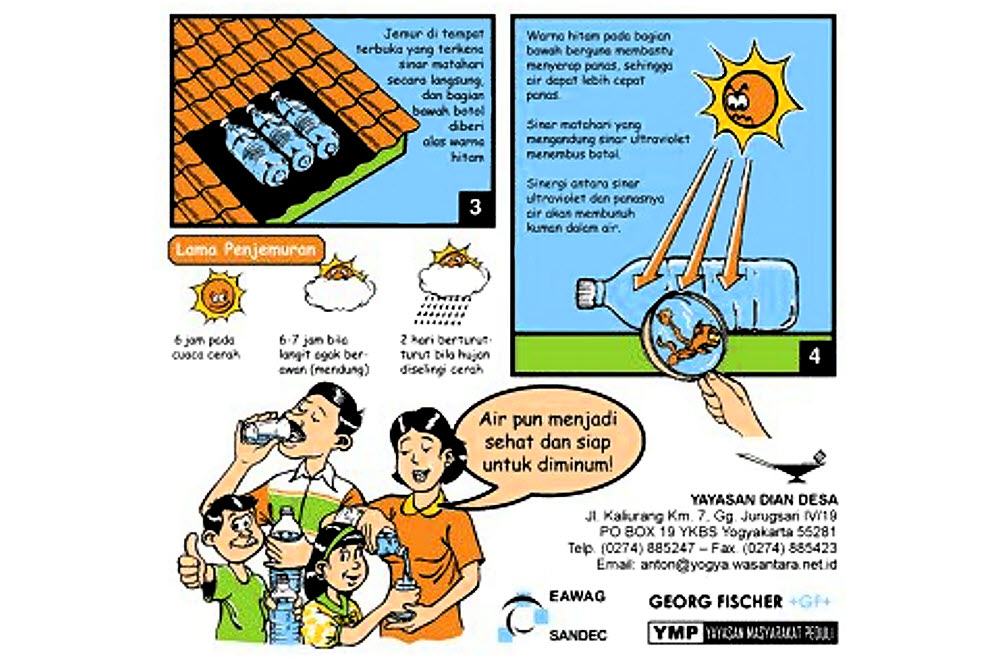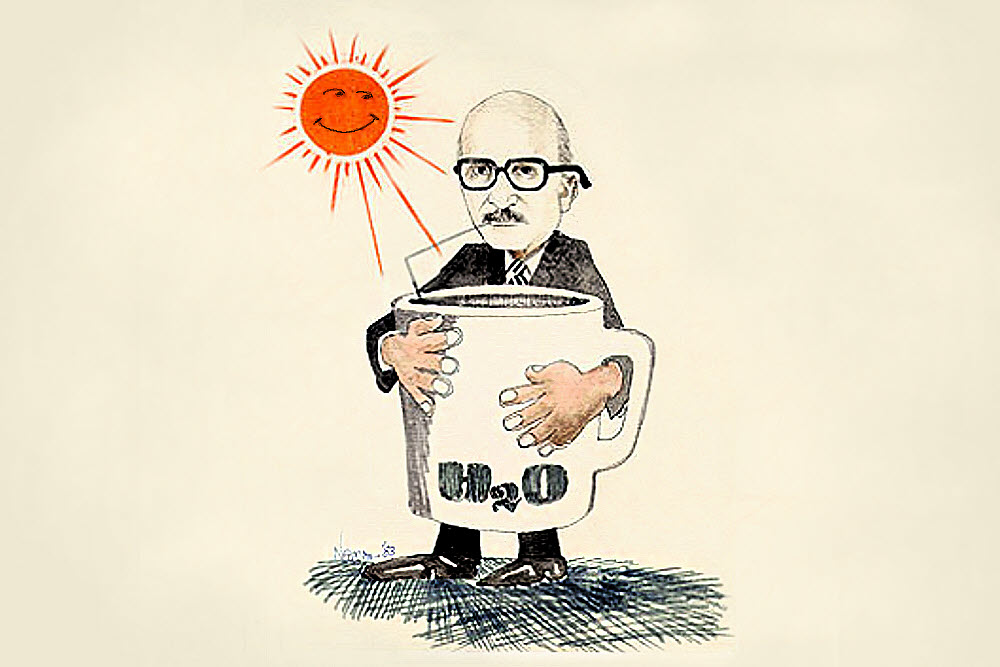I found a new toy, and it is alien technology.
A thread in science fiction for decades has been creatures or whole ecosystems based on silicon standing in for carbon. In our world carbon is handy, and not only because it makes good charcoal briquettes (which are just about 100% carbon). No.

Carbon is handy because it makes life possible. Life as we know it. Life that is good to eat. Life that is good with gravy.
Not surprisingly, carbon has some peculiar characteristics.
Such as the ability to bond to itself, and the ability to form long chains, which makes polyester underwear possible, and plastic bags. Carbon is handy. Octane is an eight-carbon chain -- along with some hydrogen flavoring -- that makes internal combustion engines run happily.
Sure, we now have some problems with carbon floating around in the atmosphere and mucking up the climate, but as your mother should have taught you, there can always be too much of a good thing. Someone wasn't listening.
But that's beside the point. Carbon is really nifty. It combines not only with itself in all sorts of interesting ways, but it combines with all sorts of other things in equally clever configurations. Carbon is all over, doing all kinds of things, both inside your body and everywhere else too.
But carbon has a few problems in some applications.
Make rubber out of it (or let a tree do it for you) and you get something that is flexible, waterproof, stretchy, bouncy, and pretty much impervious to decay. For a while. Eventually it breaks down, crumbles, gets gooey, and rots.
And heat is hard on it too.
But silicon is related to carbon. In a close way. Silicon is like an older sibling. It sits right below carbon in the periodic table of the elements. The periodic part is important. This table is set up to put similar things together. So if one element shows up on a different row but in the same column, that's because the two are related.
Elements lower down in the table are more massive. They have more neutrons and protons in the center, and more electrons whizzing around, but it's the way the outer electrons are arranged and not the number of them that accounts for chemical properties. The family resemblance.

Silicon and carbon are chemically pretty similar. But silicon is a little less nimble, and slower to get involved in new relationships than carbon, so it's probably not the basis of life anywhere in the universe (but we're open to pleasant surprises). So all those science fiction stories about silicon based life forms are still good stories, but not predictors of what anyone will ever find. Maybe.
But.
Silicon can still be made into some products that are like the carbon versions, but a little different.
Like silicone rubber.
If organic chemistry is based on carbon and what mischief it can get up to (and it is), then silicones mimic it, in a way. One thing you can make with silicon is a form of rubber. This rubber is even better for some things than the rubber made from carbon. It's flexible and mostly inert, like real rubber. But it's also heat resistant, to the point that it can be used for spark plug covers. They get hot. But so do baking utensils.
OK, there, we have an "Aha!" moment. Someone started making cake pans and other baking utensils from silicone rubber. And liners for muffin tins.
Which brings us up to date, because I'm talking about rubber muffin tins today.
I think it was Dan Ladigan's and Mike Clelland's book "Lighten Up!" that first inspired me to try steaming food on the trail. Briefly, what you need is a wide, shallow pot, some pebbles in the bottom, or a hardware cloth tray, food, and a bit of water.
Steam is especially efficient at transferring heat into food, much more so than water, because to get steam you need to heat only a little water, and as the steam condenses when it hits relatively cold food, it transforms from a gas back into a liquid, and gives off huge amounts of heat. To boil food instead, first you have to cover the food (takes lots of water), then you need to boil the water. Then when you're done, you throw away all that hot water.
Inefficient, unlike steaming.
For steaming, you still need to boil water, but you need to boil only a little.
So I tried it. Worked fine. Only one problem: what to put the food in while it cooked. I made some tiny muffin tins from cut down aluminum cans, and they worked, but were easy to over fill, and they overflowed as they cooked and the batter rose, so then I had extra cleanup duties. Usually when I cook I heat water and then add it to food in a zip lock bag, and carry the bag home with me. No cleanup at all.

Paper liners were too flimsy. I tried steaming food inside plastic bags, and that worked, but it was hard to keep the bag away from the sides of the pot. The bags melt on contact, and it's not good to eat melted plastic.
So that idea kind of sat.
Until now.
I've tried some silicone rubber muffin cups. Great. So far I've used them at home, but they should do fine on the trail. They are stiff enough to stand up, and big enough to hold a decent amount of batter, and the food doesn't have to be anything fancy.
Cleanup is easy. On the trail it should be workable to simply put the cups away without cleaning, inside an odor proof bag, and let them sterilize themselves at the next meal, but they are simple to clean. If you get a muffin fully cooked, and work with only a bit of care, the cooked muffin pops out without leaving chunks of itself stuck in the cup.
At home, some warm water, detergent, and a bit of rubbing gets them clean. All you need to do is let the cups air dry and pop them back into the cupboard until next time.
Here's what I've tried so far for seven muffins, which about the right number for the rice steamer someone gave me.
- Corn meal: 8 tablespoons
- Milk powder: 6 tablespoons
- Baking powder: 1/2 to 1 teaspoon
- Sugar or honey: 1/2 to 1 teaspoon
- Oil: 1 tablespoon
- Fruit, usually raisins
Mix the dry ingredients, then add the oil and mix thoroughly. Add water, maybe 1/4 cup or less, and mix thoroughly. Spoon into the silicone cups, then add raisins, which will sink down into the batter as the muffins cook. Steam throughly, and let sit in the warm pot for awhile.
Other fruit works too, besides raisins. Chopped apple is great. Today I chopped some canned peaches, and they were fine too. Raisins rehydrate as they cook, and get squshy soft.
The baking soda puffs up the muffins. The oil adds calories and seems to toughen the corn meal and make it more like well-kneaded bread. I think the oil also reduces the corn meal's natural bitterness and makes the taste smooth out.
Other ground grains should work too, but I haven't tried anything else yet.
On the trail I'd take everything pre-mixed and add water, then knead it all inside a bag, and use the bag to squeeze batter into the cups. Steaming in a wide pot should work fine, since the silicone cups stand up by themselves, and are small enough so I think I could get three or four into my Wal-Mart grease pot.
If you don't have one, you might be able to find them in your area, though around here it looks like Wal-Mart is no longer selling them. KMart is selling one though, better than the original, and I might buy one and check it out. But any pot that's big enough will work fine.
And the cool thing is that steaming works well over a small alcohol stove. I've done it. It takes more fuel than simply heating a cup or two of water, but not a huge amount more, and the steaming gives a person a lot more flexibility in preparing food.

References:
Wal-Mart silicone muffin cups (The web site says it's online only but I got mine in a store, for about $2 less than the online price.)
Ask.com "Silicone Bakeware Basics - Tips on How to Use Silicone Bakeware"
Silicone Bake Ware, the Hype and the Truth
Wilton's Silly Feet Silicone Baking Cups at Michael's craft supply







